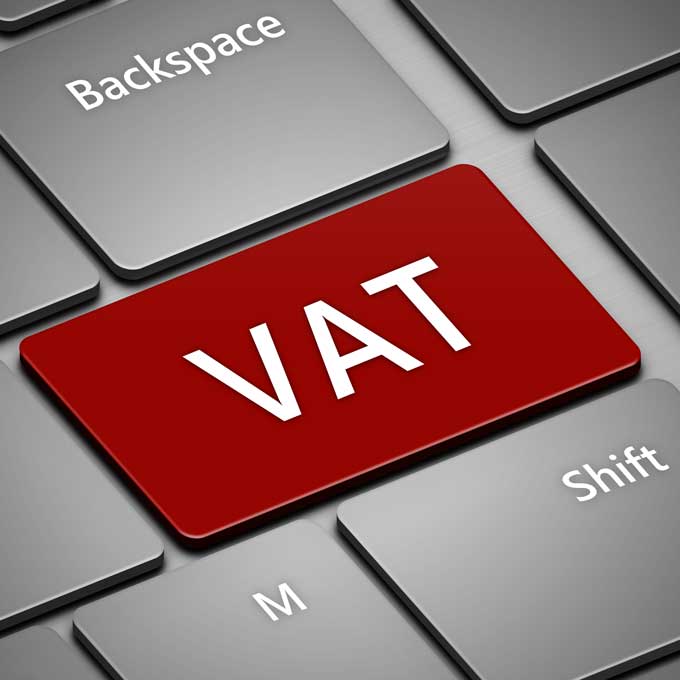by Thabo Sithole, MaxProf Auditor
Introduction
A new term has emerged in environmental policy discussion: Carbon Tax. This tax is levied on carbon emissions, specifically targeting the carbon footprint of individuals, organizations, and communities. But what exactly is a carbon footprint? According to the Oxford Dictionary, a carbon footprint measures the amount of carbon dioxide released into the atmosphere due to various activities. Understanding this concept is crucial for grasping the implications of a carbon tax.
Background and History
Studies indicate that current greenhouse gas concentrations could lead to a 3 – 4 degree Celsius increase in Earth’s temperature by the century’s end. Such an increase could cause severe climate-related challenges, including heatwaves, droughts, tropical storms, wildfires, and floods. To combat these threats, reducing carbon dioxide and other greenhouse gas emissions is essential.
From a disaster management perspective, proactive measures are necessary to mitigate these risks. Each country has been encouraged to adopt strategies to combat global warming. As part of the 2015 Paris Agreement, the National Climate Change Response Policy was introduced. Under this policy, appropriate carbon taxation could reduce South Africa’s greenhouse gas emissions by 35% to 44% below business as usual. This led to the introduction of the Carbon Tax Act (Act No. 15 of 2019).
Who is Affected by the Carbon Tax?
The Carbon Tax Act is based on the “polluter pays” principle. This means that entities contributing the most to carbon dioxide and other greenhouse gas emissions (above a specified threshold) are required to pay the tax. Major industries affected include energy, mining, and other mineral sectors.
The Act’s implementation is phased. Phase 1 excludes certain polluters, such as Eskom, one of South Africa’s largest polluters. Phase 2, which begins on January 1, 2026 (postponed from January 1, 2023), will include all sectors. There are discussions about incorporating a carbon tax tariff, in addition to the current environmental levy, into electricity prices once Eskom is included, raising concerns about whether the tax is aimed more at producers or consumers. The tax has already led to higher petrol and diesel prices, affecting transportation costs and, ultimately, the end consumer.
How and Who Will Implement This Act?
The Carbon Tax Act (Act No. 15 of 2019), signed into law in May 2019, became effective on June 1, 2019. The Carbon Offsets Regulation, as per Section 19(c) of the Act, was published on November 29, 2019 (Gazette No. 42873) and is available on the National Treasury website.
Like any new law, the implementation of the Carbon Tax Act is gradual to allow affected parties to prepare and adjust. This approach helps businesses modify their production processes to lower carbon emissions and reduce their exposure risk. During Phase 1, several allowances were provided to ease the burden on companies:
- A basic tax-free allowance of 60% for all activities.
- A 10% allowance for process emissions.
- A 10% allowance for fugitive emissions.
- Trade exposure allowance of up to 10%.
- Performance allowance of up to 5% for activities that outperform agreed emission intensity benchmarks.
- A 5% tax-free allowance for companies participating in the Carbon Budget.
- A carbon offset allowance of 5-10%.
- A maximum tax-free allowance of up to 95% for the first phase until 2022 (now phased out).
The Future of Carbon Pricing Risk
In 2024, the carbon tax was based on R190/tCO2e (increasing from R159/tCO2e by 16% during 2023). The effective carbon price is reduced by 60% to 95% by the above-mentioned allowances which is expected to be phased out over time.
Carbon tax is also paid indirectly to Eskom or “at the pump” rather than a separate account under the customs and excise levies. This implies that the cost carbon is already included in the current energy prices. Currently, direct carbon tax payments are linked to the Eskom environmental levy of 3.5c/kWh and the fuel carbon levy of 14 c/l for diesel (increased by 27% from 2023).
The future price of carbon is, however, the biggest risk. In the 2022 National Budget announcement, the government proposed to strengthen the carbon tax policy by raising the long-term carbon tax trajectory up to 2050 and beyond. After the transition phase in 2025, the government plans to raise the carbon tax rate to US$20/tCO2 by 2026, to US$30/tCO2 by 2030, and the increasing to higher levels up to US$120/tCO2 beyond 2050 (or R1848/tCO2 at National Treasury’s assumed exchange rate of R15.40/US$). This is a major increase and poses a significant risk to carbon emitters (both direct and indirect).
It is important to know that Carbon Tax is only one part of an ecosystem of legislation aimed at a national climate change response as a sustainable development priority. Most recently, the Climate Change Act (2022) was published on 23 July 2024 which outlines the framework for the regulation of greenhouse gas emitting sectors. This includes sectoral emissions targets and allocation of carbon budgets. Carbon tax outside of approved carbon budget was announced in the 2022 Budget Speech to be R640/tCO2 (more than 300% higher than the current price of R190/tCO2).
As mitigation, several mechanisms are proposed for taxpayers to reduce emissions and thereby exposure to increasing carbon prices. These include:
- Carbon offset projects.
- Tax incentive for energy efficiency under Section 12L of the Income Tax Act which currently provides 95c per kilowatt/hour rate until 31 December 2025.
- Renewable energy offset and tax incentive under Section 12B of the Income Tax Act.
- Investment allowances for electrical and hydrogen-powered vehicles.
How to Comply with the New Act
Carbon taxes are filed through the South African Revenue Service (SARS). The Carbon Tax Act is administered under Section 54AA of the Customs and Excise Act. According to the Rule 54FD.02 of the Act, every carbon taxpayer must obtain a license for their “customs and excise manufacturing warehouse.” This warehouse is defined as a combination of each of a taxpayer’s emissions facilities that must be consolidated and licensed as a single entity. To comply with the Carbon Tax, liable entities must register and apply for the appropriate licence. For more details, visit the SARS website.
Conclusion
The Carbon Tax is an environmentally friendly measure aimed at reducing global warming. However, due to administrative challenges and other factors, the start of Phase 2 has been delayed to January 1, 2026. The amendment in January 2023, which extended Phase 1, brought significant changes, including the phasing out of the maximum tax-free allowance and an increase in the tax rate per ton of CO2 equivalent. As Phase 1 nears its end, companies are encourage to take advantage of the current allowances, as more could be phased out in Phase 2.
Contact MaxProf today if you need any assistance with your Carbon Tax matters!














